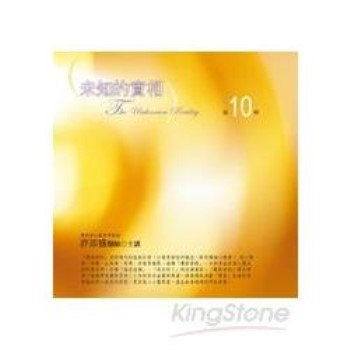This book sets out to search for the Second World - the (post)socialist context - in dance studies and examines the way it appears and reappears in today’s globalized world. It traces hidden and invisibilized legacies over the span of one century, probing questions that can make viewers, artists, and scholars uncomfortable regarding dance histories, memories, circulations and production modes in and around the (post)socialist world. The contributions delve into a variety of dance practices (folk, traditional, ballet, modern, contemporary), modes of dance production (institutionalization processes, festival-making and market logics), and dance circulations (between centres and peripheries, between different genres and styles). The main focus is Eastern Europe (including Russia) but the book also addresses Cuba and China. The book’s historical examples make the reader aware, too, of the (post)socialist bodies’ influence in today’s dance, including in contemporary dance scenes.
The (post)socialist context promises to be a prosperous laboratory to explore uncomfortable questions of legitimacy. Whose choreographic work is staged as a ’quality’ dance production? Which dance practices are worthy of scholarly study? What are the limits of dance studies’ understanding of what dance is or should be? In view of reclaiming the Second World through dance, this book thus probes questions that should be asked today but are not easy to answer; questions that dance practitioners, facilitators, critics, and researchers, including ourselves, are often not at ease with either. In doing so, the cracks of dance history begin to be sealed, and neglected dance practices are written back into history, provided with the academic recognition that they deserve.| FindBook |
有 1 項符合
(Post)Socialist Dance: A Search for Hidden Legacies的圖書 |
 |
(Post)Socialist Dance: A Search for Hidden Legacies 出版社:Bloomsbury Academic 出版日期:2024-10-31 語言:英文 規格:精裝 / 240頁 / 23.39 x 15.6 x 2.54 cm / 普通級/ 初版 |
| 圖書館借閱 |
| 國家圖書館 | 全國圖書書目資訊網 | 國立公共資訊圖書館 | 電子書服務平台 | MetaCat 跨館整合查詢 |
| 臺北市立圖書館 | 新北市立圖書館 | 基隆市公共圖書館 | 桃園市立圖書館 | 新竹縣公共圖書館 |
| 苗栗縣立圖書館 | 臺中市立圖書館 | 彰化縣公共圖書館 | 南投縣文化局 | 雲林縣公共圖書館 |
| 嘉義縣圖書館 | 臺南市立圖書館 | 高雄市立圖書館 | 屏東縣公共圖書館 | 宜蘭縣公共圖書館 |
| 花蓮縣文化局 | 臺東縣文化處 |
|
|
內容簡介
作者簡介
Annelies Van Assche obtained a joint doctoral degree in Art Studies and Social Sciences in 2018 for studying the working conditions of European contemporary dance artists. She is a postdoctoral researcher at the department of Art History, Musicology and Theatre Studies of Ghent University and lecturer at the Royal Conservatoire Antwerp’s dance department. Her research focuses on the relation between labor and aesthetics in contemporary dance. She is author of Labor and Aesthetics in European Contemporary Dance. Dancing Precarity (2020) and a member of research group S: PAM, CoDa - European Research Network for Dance Studies and the Young Academy of Flanders.
Dunja Njaradi is an associate professor at the Department of Ethnomusicology (Faculty of Music, Belgrade). She has published a monograph Backstage Economies: Labour and Masculinities in Contemporary European Dance (Chester University Press, 2014) as well as many book chapters, edited collections and monographs in her native Serbian. Her area of expertise includes dance theory, anthropology of dance and ritual performances. She is a member of CoDa - European Research Network for Dance Studies.
Igor Koruga is an independent artist in contemporary dance and choreography working as author, choreographer for stage movement in theatre performances and film, pedagogue and dance dramaturge, and researcher in performing arts theory (published in journals like Maska, Walking theory, Movements, etc.). He performed in various venues in Europe (Dansens Hus, Stockholm; Tanzquartier and Leopold Museum, Vienna; HAU and Uferstudios, Berlin; Kammerspiele, Munich, Bitef Theatre, Belgrade; etc.). Member of the team for archiving performing arts practices of the independent cultural and artistic scene in the Balkan region. Winner of several national awards and international scholarships in dance.
Milica Ivic holds a PhD in Theory of Arts and Media at the University of Arts in Belgrade. She is an independent researcher working in the field of contemporary dance in Serbia, interested in questions of archiving and institutionalization of contemporary dance. Also working as a dance dramaturge. She is a member of a research team for archiving contemporary dance and establishing the first online digital database of contemporary dance practices in former Yugoslavia, in collaboration with Nomad Dance Academy and Museum of Contemporary Art in Ljubljana.
|











